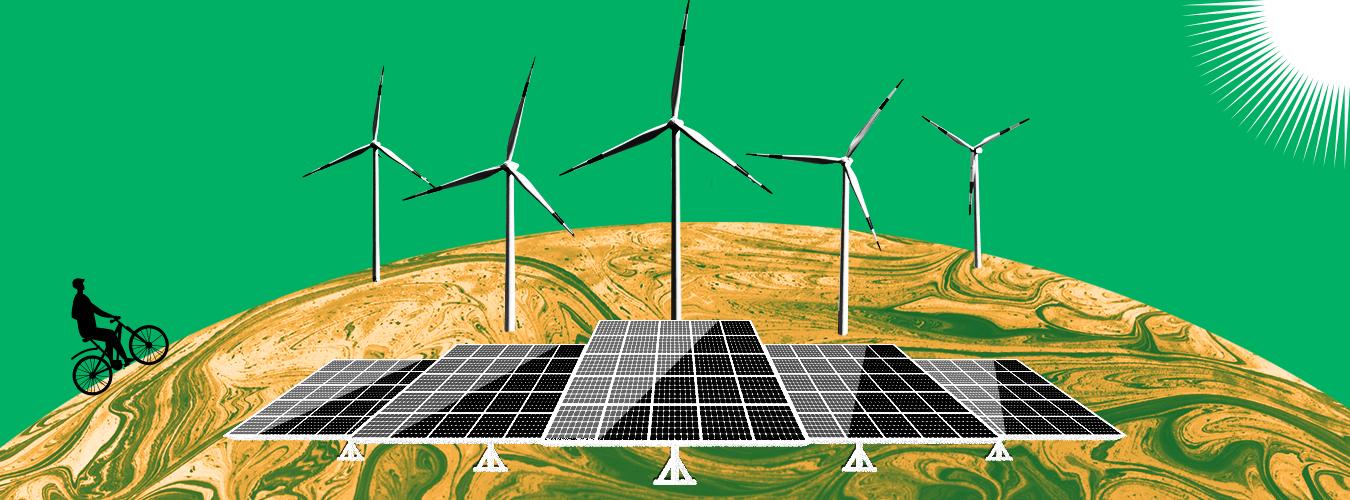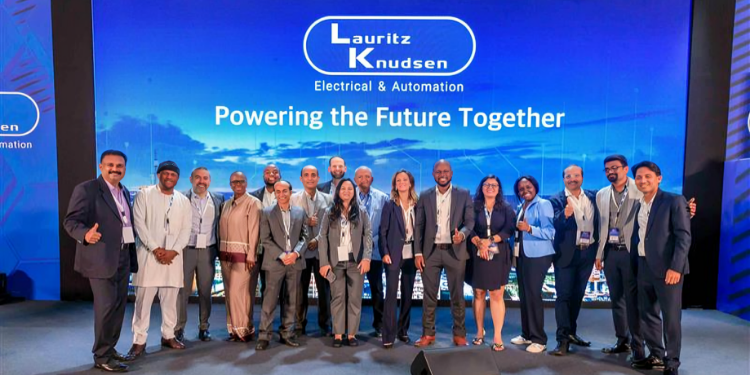Written By: Faith Jemosop
South Africa’s electricity generation system is in crisis , but a recent regulatory shift allowing private companies to sell power directly to businesses could spark a much-needed transformation in the country’s energy landscape. In 2024, Etana Energy secured $100 million in guarantees through a partnership with GuarantCo to finance clean energy purchases from independent power producers (IPPs). This marks a significant milestone in opening the grid to private sector innovation as the nation wrestles with load-shedding, ageing coal plants, and rising energy demand.
Private Sector Gains Access to the Grid Through ‘Wheeling’
Until recently, all power in South Africa had to flow through Eskom, the state-owned utility responsible for generating, transmitting, and distributing electricity. But regulatory changes now permit energy traders like Etana Energy to buy electricity from renewable IPPs and resell it to private customers, all without Eskom directly owning or controlling the energy contracts.
This mechanism, known as “wheeling”, allows electricity to be transmitted via the national grid but sold independently. In other words, while Eskom’s infrastructure physically delivers the power, the financial transaction occurs between the IPP and the end user, such as a mining company, factory, or commercial real estate developer.
The ability to wheel electricity is especially critical in South Africa, where load-shedding has become a daily reality. Businesses are desperate for more reliable power and are increasingly willing to bypass the state’s failing systems to secure it.
Etana Energy Secures $100 Million Boost to Trade Renewables
The most ambitious step in this direction came in 2024, when Etana Energy, an innovative South African energy trading firm, received a $100 million guarantee package, $50 million from GuarantCo, part of the Private Infrastructure Development Group (PIDG), and a matching amount from another undisclosed financier. This capital enables Etana to sign long-term contracts with renewable energy producers who previously lacked access to the market due to Eskom’s monopoly and uncertain payment record.
The guaranteed funding derisks investments for independent renewable producers, empowering them to develop solar, wind, and hydropower projects with the confidence that buyers exist. Etana effectively becomes the middleman, helping green power reach corporate clients in need of cleaner, more reliable electricity.
“This model unlocks a new pathway for renewable energy development in South Africa,” said one official involved in the transaction. “It gives producers a route to market while giving buyers resilience against outages and price shocks.”
Ageing Coal Fleet Strains National Grid
South Africa’s energy crisis is largely the result of its overreliance on coal-fired power plants , many of which are 40 to 60 years old. Eskom’s aging infrastructure has been plagued by poor maintenance, corruption scandals, and operational inefficiencies. As a result, the national utility has been unable to meet demand, leading to chronic load-shedding that has devastated businesses and eroded public confidence.
By mid-2024, Eskom’s energy availability factor (EAF), a measure of how much capacity is available from its generation fleet, had fallen below 55%, a dangerously low threshold for any modern grid. Scheduled and unscheduled blackouts have become common across the country, with some areas experiencing multiple hours of downtime each day.
The economic cost has been staggering. According to estimates from the South African Reserve Bank, power shortages have cut annual GDP growth by up to 2 percentage points in recent years, threatening jobs, investment, and industrial production.
Deregulation Offers New Hope
The crisis has pushed regulators to embrace reforms that were unthinkable just a few years ago. In 2021, the government raised the licensing threshold for private generation from 1 MW to 100 MW. By 2022, private generators could operate and sell power without needing a license, provided they registered with the regulator. These moves opened the door for large-scale self-generation and bilateral power purchase agreements.
But the real breakthrough came with wheeling, which allows energy to move across Eskom’s grid while transactions occur privately. This system had been technically possible for years but was bogged down in red tape. Now, it is becoming mainstream, and traders like Etana are leading the charge.
Etana’s model is particularly important because it consolidates demand from many clients, enabling even small or mid-size businesses to participate in renewable procurement. Instead of each company signing a direct power purchase agreement (PPA) with a generator, Etana bundles buyers and sellers, smoothing the process and reducing risk.
Also read: Africa’s Oil & Gas Industry Stands Firm Against Foreign-Backed Criticism
How Wheeling Works
- Step 1: An IPP (e.g., a solar or wind farm) signs a contract with Etana to sell electricity.
- Step 2: Etana signs a contract with a business that wants to buy clean power.
- Step 3: The electricity is generated by the IPP and fed into Eskom’s national grid.
- Step 4: The power is wheeled through Eskom’s infrastructure to the business.
- Step 5: Etana handles billing, balancing, and compliance with Eskom’s grid codes.
While Eskom charges a fee for using its transmission infrastructure, it plays no role in the commercial transaction itself. This reduces risk for businesses, unlocks financing for IPPs, and increases the country’s overall energy resilience.
Clean Energy Is the Future But Can It Scale Fast Enough?
South Africa is rich in solar and wind resources, with some of the best solar irradiation levels in the world and strong wind corridors along the coast. Yet, renewables still account for less than 10% of the energy mix. The reasons include policy uncertainty, Eskom’s dominance, and the lack of bankable offtake agreements for IPPs.
Etana’s wheeling-based model changes this dynamic. With guaranteed finance, producers are incentivized to build, and investors are more willing to support them. If scaled successfully, this could kickstart a wave of private renewable projects, helping South Africa diversify away from coal and stabilize its grid.
Still, challenges remain. Eskom’s grid is old and congested in some areas, limiting the potential for wheeling in certain regions. Regulatory bottlenecks, though improved, still create delays. And wheeling contracts are complex, requiring legal, financial, and technical expertise to execute smoothly.
Also read: Africa Lags Behind in the Global Green Energy Surge, UN Warns
South Africa’s shift toward wheeling could serve as a blueprint for other African nations struggling with similar energy reliability issues. Many countries on the continent rely heavily on state-run utilities that are financially distressed, making them poor partners for private IPPs.
If Etana and its backers succeed, it may prove that energy trading can unlock renewable growth even in complex regulatory environments, by bridging the gap between clean energy supply and commercial demand.















